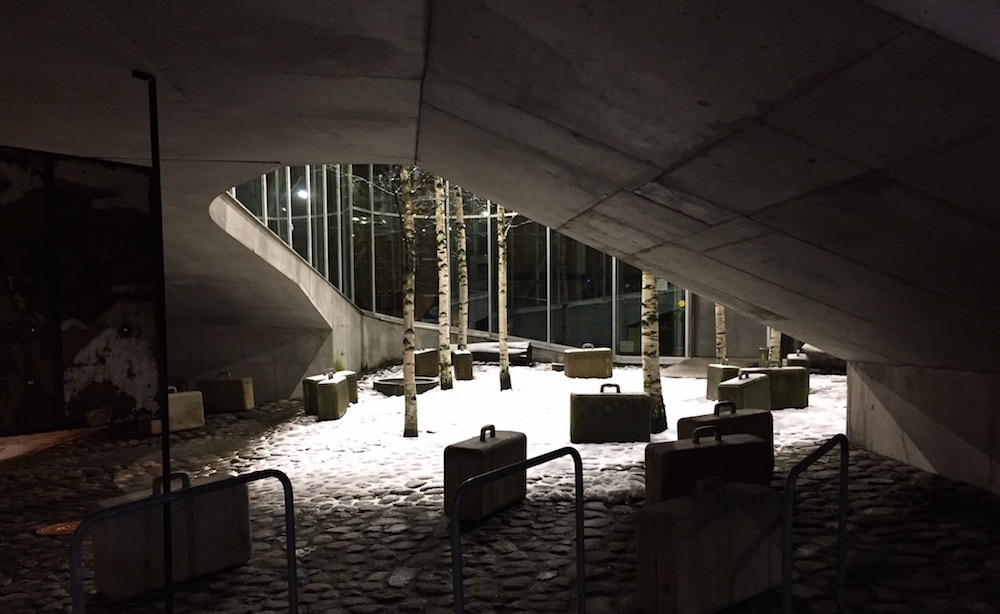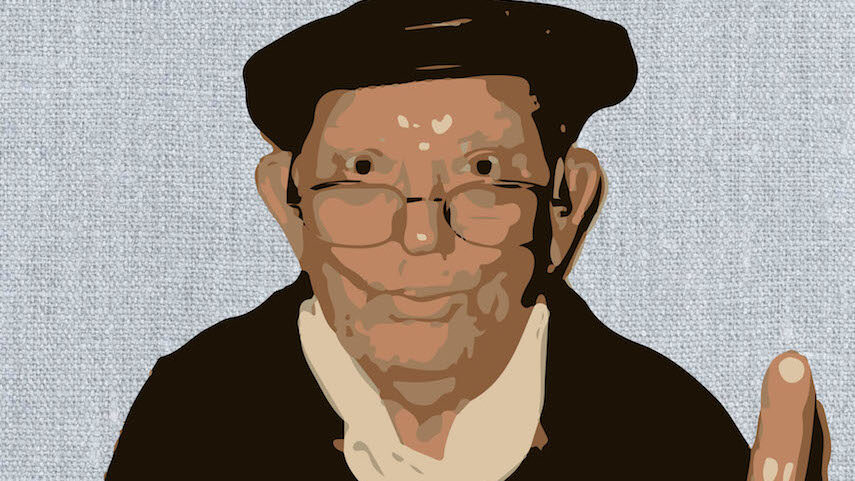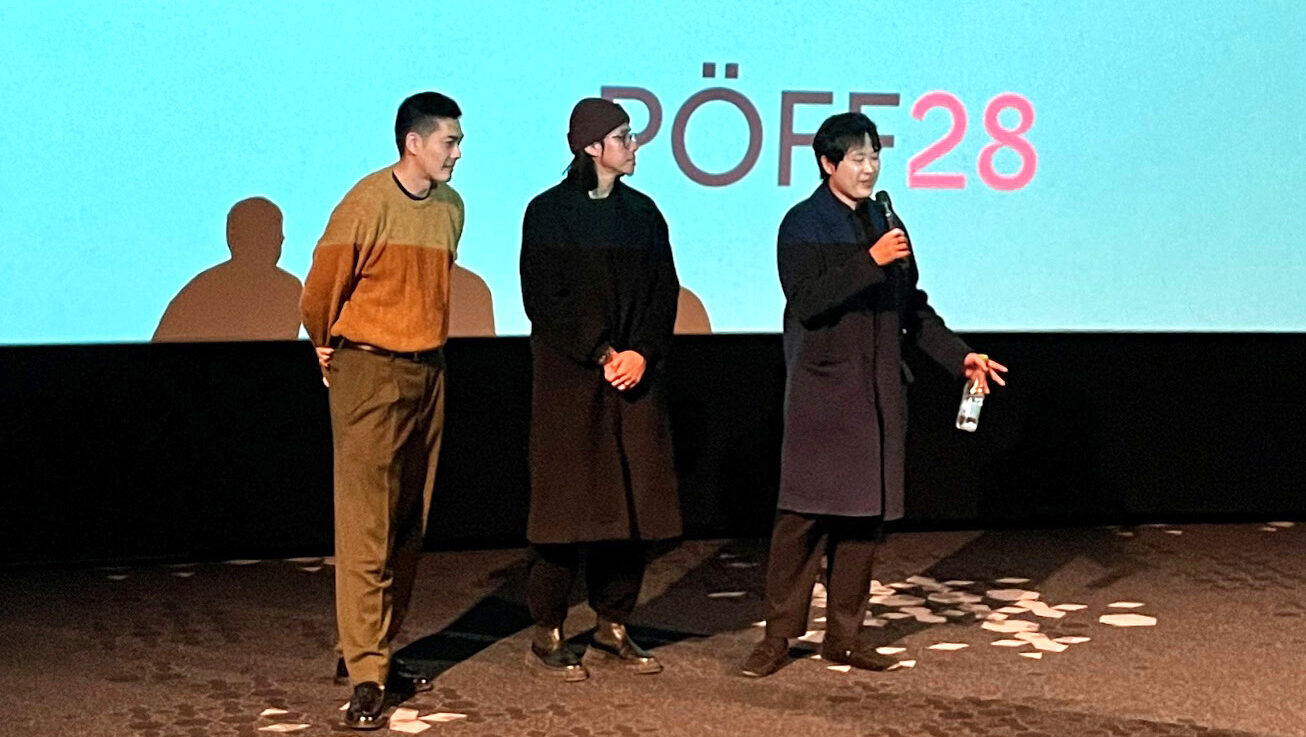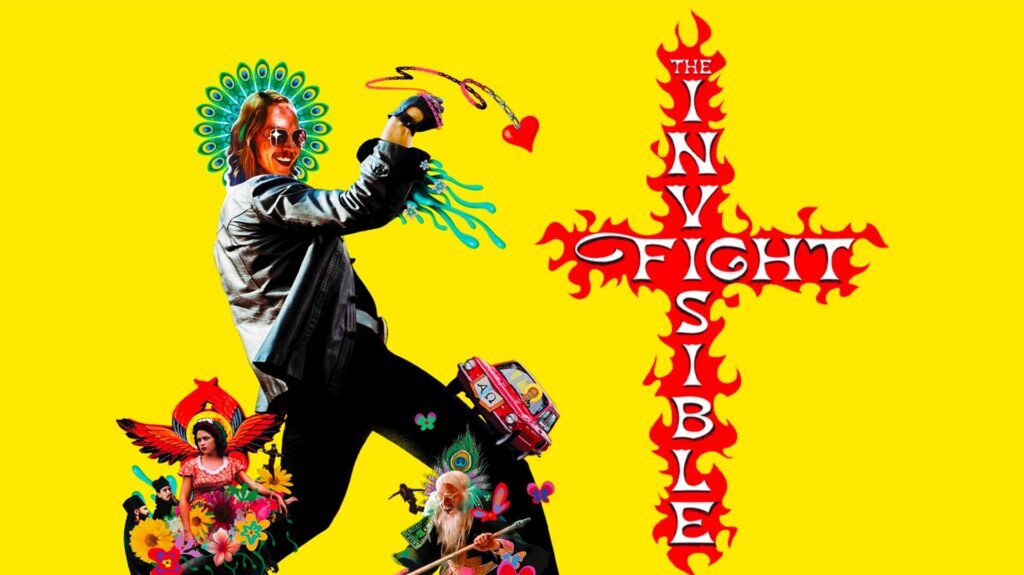We believe that the most reasonable way to make the younger generation come to the museum is to tell the story of the occupations via the loss of freedom. We do not want to make the museum just a memorial of the occupations, which for the younger generation seem like something that happened to “someone else somewhere far away”. A better way is to connect the occupations with freedom – something that we take for granted today and sometimes do not even recognize. Moreover, the fragility of freedom becomes even more apparent when looking at the unpredictable actions of our eastern neighbour.
I would also like to point out that our main exposition is still in place and has not been taken down, as stated in the opinion piece of Mr. Kolga. However, we do have a temporary exhibition about the meaning of home, children's rights, freedoms and responsibilities in the middle of the museum hall, in a space that is otherwise empty. Said exhibition grew out of the world-famous exhibition “Missing Identity” that talked about crimes against humanity and children in Argentina and was shown in the museum in November 2015. This temporary exhibition brought hundreds of school and kindergarten kids to our museum, and they were all told the story of the occupations. It is the first time in the museum's history that we have put together an educational program that within a week had more than 20 groups registering for the program. As a part of the program, the personal items donated by Enn Tarto, Mari-Ann Kelam and others are introduced to all the children visiting the museum.
The main reason why we need these changes is to tell the next generation about the occupations – to tell them, make them think of, and remember the dark past of our nation. Moreover, to make them understand the price we paid for the freedom that today is often taken for granted.
Currently, many personal and special exhibition items are displayed behind glass, without any stories or personal memories. We believe that this does not fully appreciate the value of these items; this does not reflect the horrible experiences that people had to go through to gain their freedom. A larger exposition area also enables the museum to tell the stories of Estonians who escaped to the West, explain why they did so, how they coped with their journey (or did not make it) and so on.
In order to create our new exhibition, we are working closely with the Estonian memory institutions, historians and civil society organizations. We will continue building up the new exhibition with a capable team of historians and academics, and we have not downsized our staff or organization like Mr. Kolga states. On the contrary, we have one additional historian on our team, who is leading the exhibition area.
I would also like to point out that the museum team has the full support of Olga Kistler-Ritso´s family for the planned changes. Moreover, the founder's daughter Sylvia Thompson said: “My mother loved Estonia and most of all she loved freedom.The most important part of its story is not what the Soviets and Nazis did to Estonia, but how the Estonian people survived and overcame the horrors.” The Kistler-Ritso Foundation in the USA also decided to support the development with €270,000 in 2016.
In his article, Mr. Kolga also indicates that the lists of deported people are no longer available on our homepage. I would like to point out that these lists are publicly accessible on our website as before. However, our homepage was renewed a couple of months ago and it takes some time to transfer all the information to the new website. We can confirm that the museum team has never said to anyone that this was not important to us.
Just like the Occupation Museum in Riga, we are working hard to show the crimes against humanity every day and will also do so in the future. Less than a month ago we had two very important temporary exhibitions in the museum that talked about battle for the Donetsk airport and the Srebrenica massacre. The exhibitions were organized together with the Estonian-Ukrainian society and the Estonian National Archive. We will not shy away from fully presenting the atrocities of our past and crimes against humanity in other countries. This is the only way we can truly remember the occupations and value freedom.
At the moment Estonians make up only 10% of the museum's visitors, that means approximately 1000 people in a year. We find it would be a much bigger threat to the Estonian nation if we did not take the artefacts and did not dust them off, or if we did not provide these artefacts along with emotional stories, or teach young people how fragile freedom is, or how occupations are not something that happened a long time ago to someone else.
Merilin Piipuu, Estonian Public Broadcasting, March 2016
—
Merilin Piipuu is the director of the Museum of Occupations in Tallinn.
Editor: Dario Cavegn




